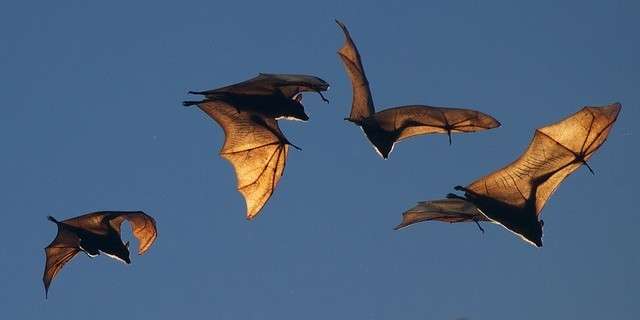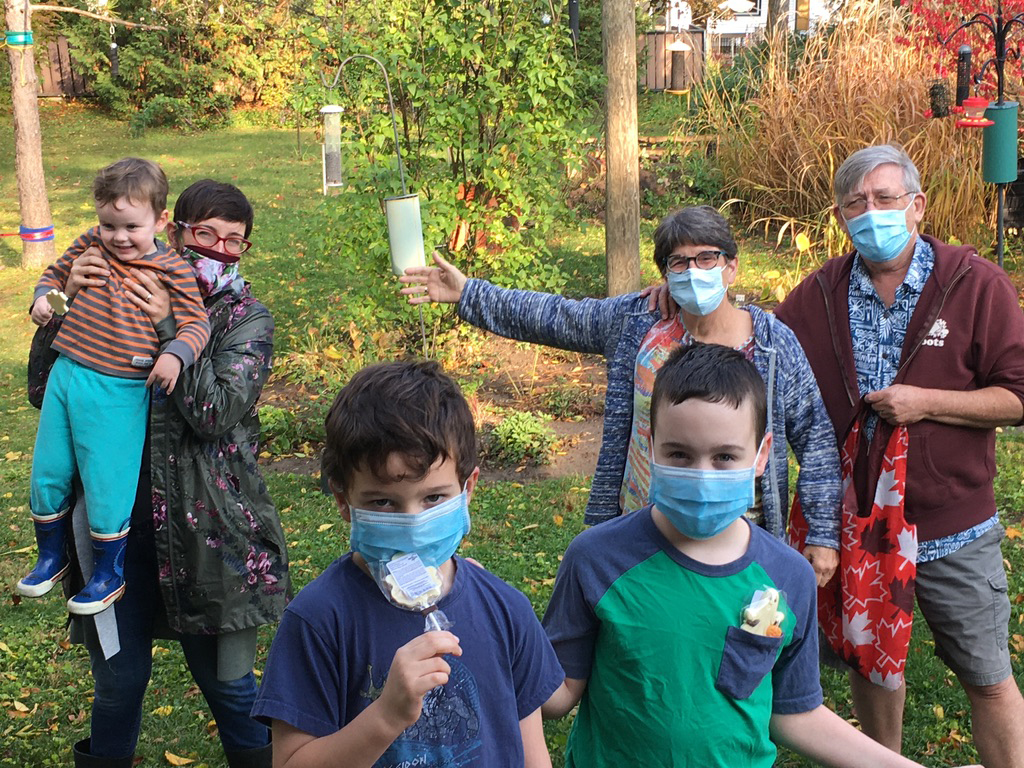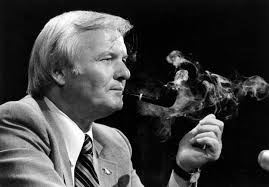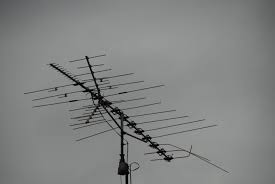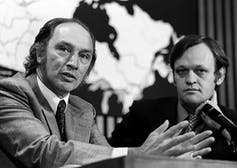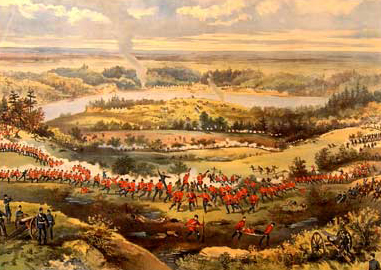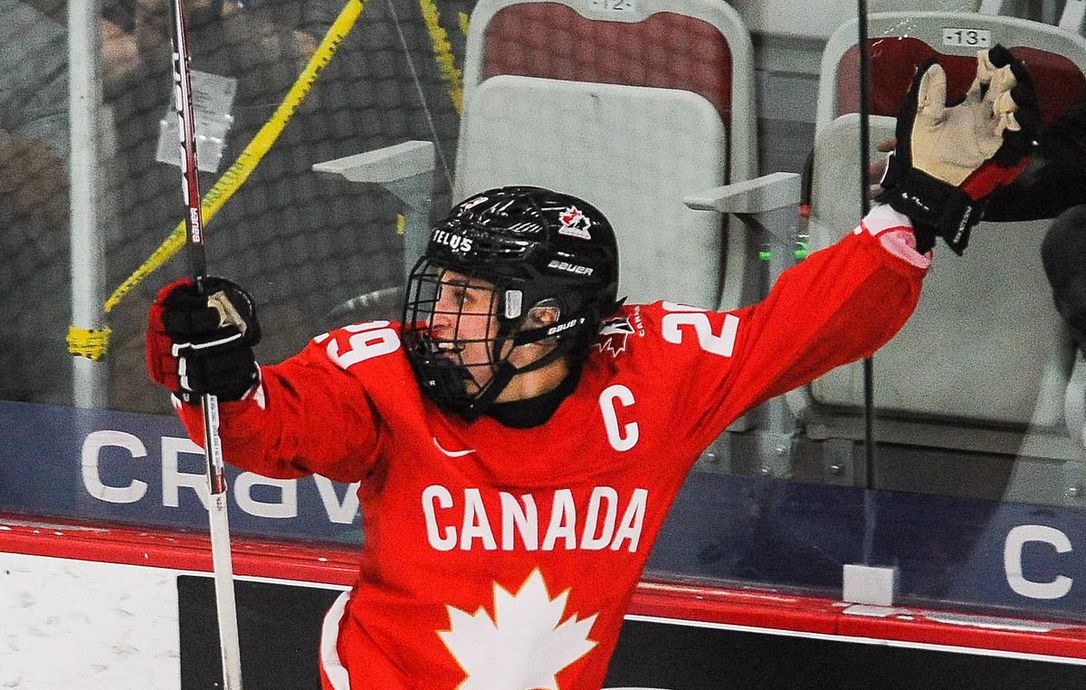
On Aug. 31, I joined my daughter for an event to remember. Canada’s women’s hockey team faced its arch rival – the Americans – in a three-on-three overtime period in Calgary for the International Ice Hockey Federation world championship. Just over seven minutes into sudden death, team captain Marie-Philip Poulin broke in on the U.S. goal and put a wrist shot off the crossbar down into the net for the victory. The Toronto Star interviewed former Leafs goalie coach Steve McKichan after the game.
“That’s the Hall of Fame bardown shot in women’s hockey,” and he went on to say in the history of greatest Canadian hockey goals, “it was top-five.” (more…)

